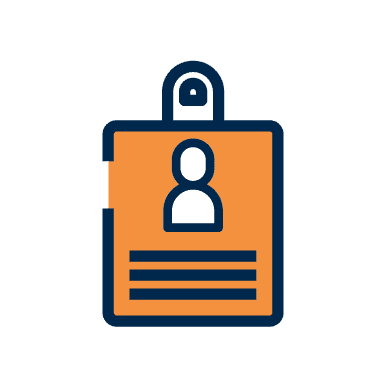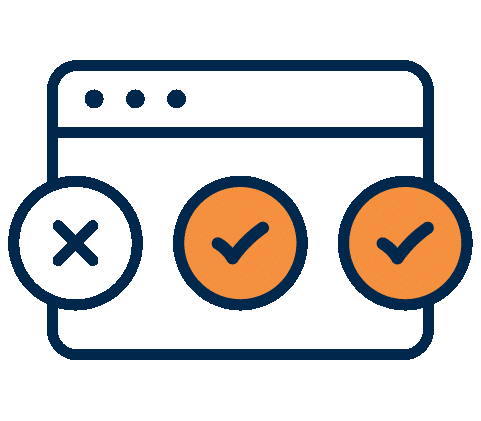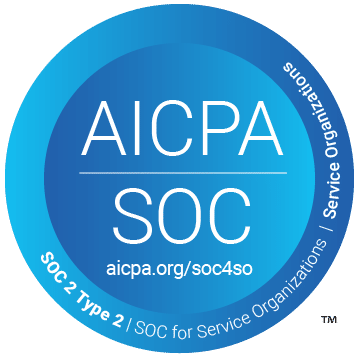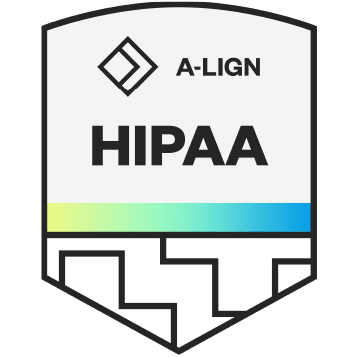With OIG fines topping $300K, perhaps it’s partial comfort to know that health care organizations are not the only ones getting nailed.
In a recent disclosure, (https://go.usa.gov/X6d4), the State of Florida admitted to paying out $180,000 for pharmacy items prescribed by excluded individuals. Up to $2.7 million in additional pharmacy payments may have been extracted by excluded providers due to the insertion of invalid information in the prescribing provider ID field.
How do such costly oversights happen? The obvious answer is ‘inadequate policies and procedures’; but really, the point goes much deeper.
Exclusion screening is complex. Period.
There are so many ways that an excluded individual can slip through the system. The exclusion registry is incessantly evolving, names are constantly being added and taken away, and providers are continuously shifting. Factor in the enormous number of prescriptions that must be processed every single day, as well as the natural, human margin of error… the result is a gigantic headache. At this point, not even mega-conglomerations are secure.
Personally, we believe that the solutions are as simple as the system is complex: Single-minded focus. State-of-the-art software. And hard, knuckle-crunching work.
The only way to really be on top of exclusion screening is to invest in staying on top of exclusion screening. To be up-to-date on all the latest information. To read all the fine print. To constantly reevaluate and refine your system. There’s no quick fix, and we don’t believe that there’s any other way to do this.
So here’s our recommendation to the State of Florida: Now that this error has been discovered, maybe it’s time to dedicate a team exclusively to exclusion screening. Or, if they can’t do that, perhaps it’s time to invest in a really good exclusion screening system. Because there’s no easy way out.



































